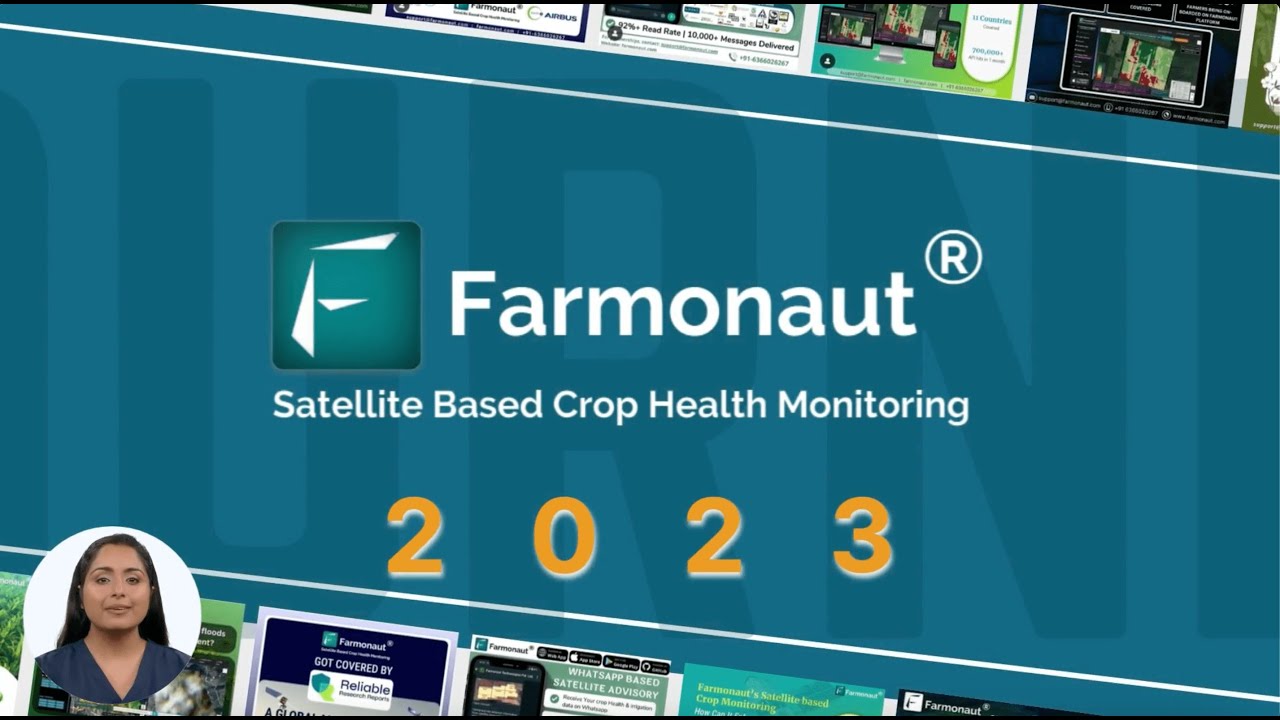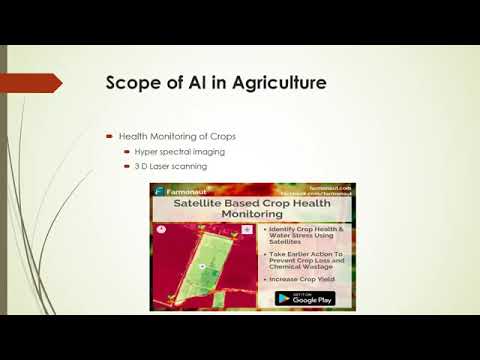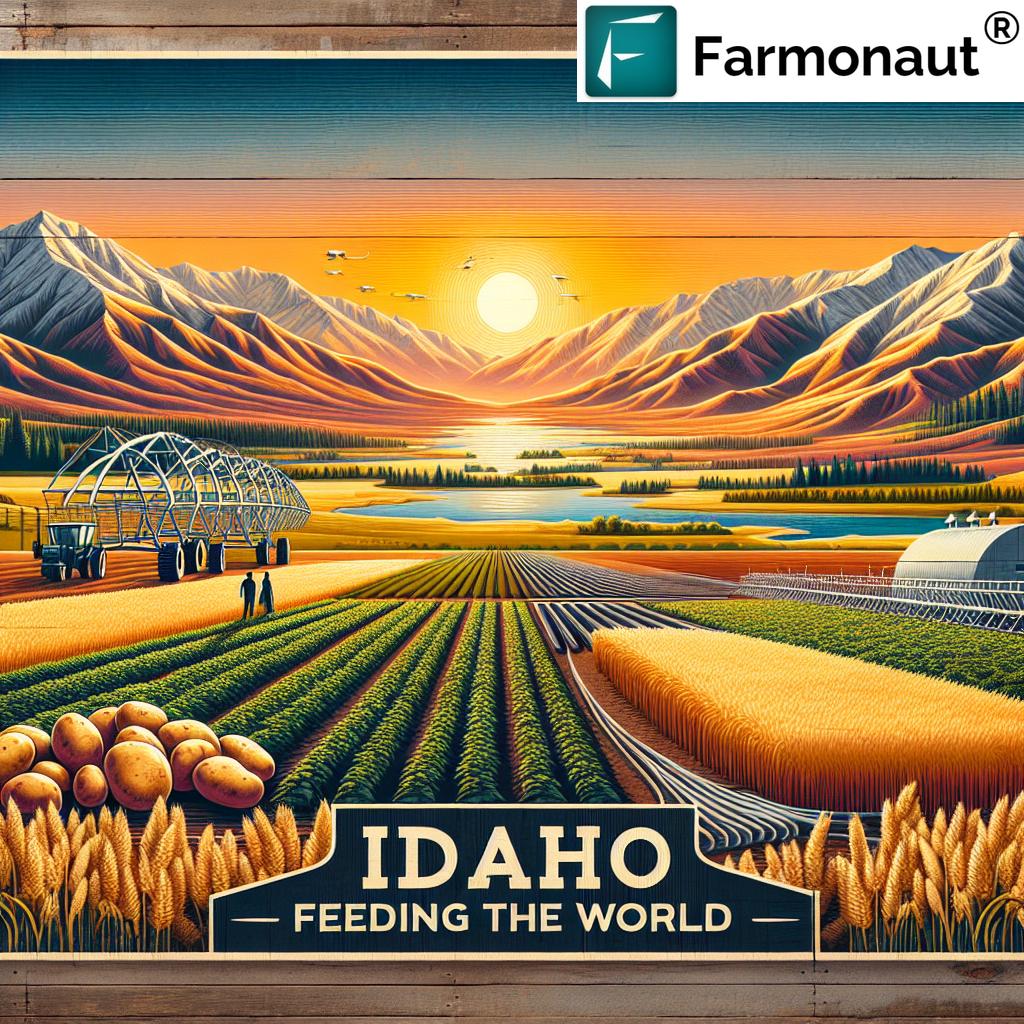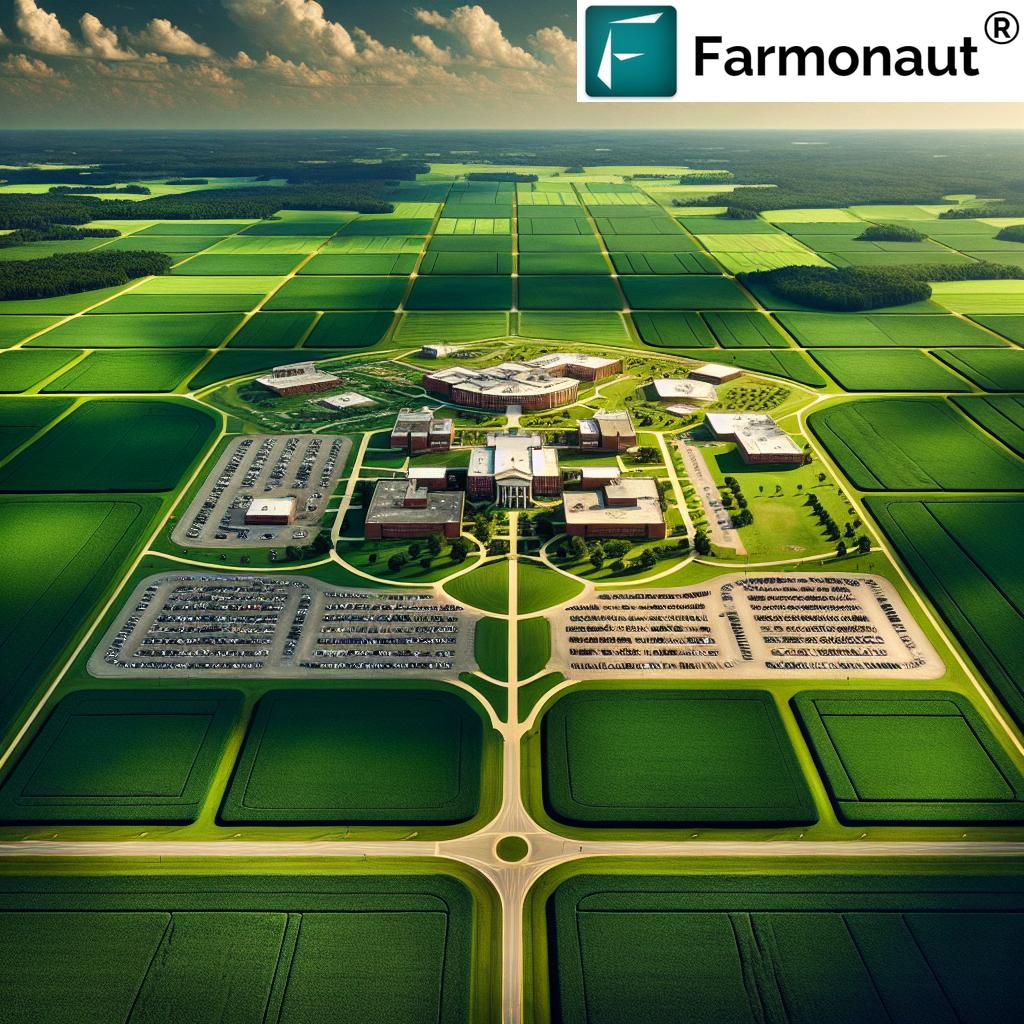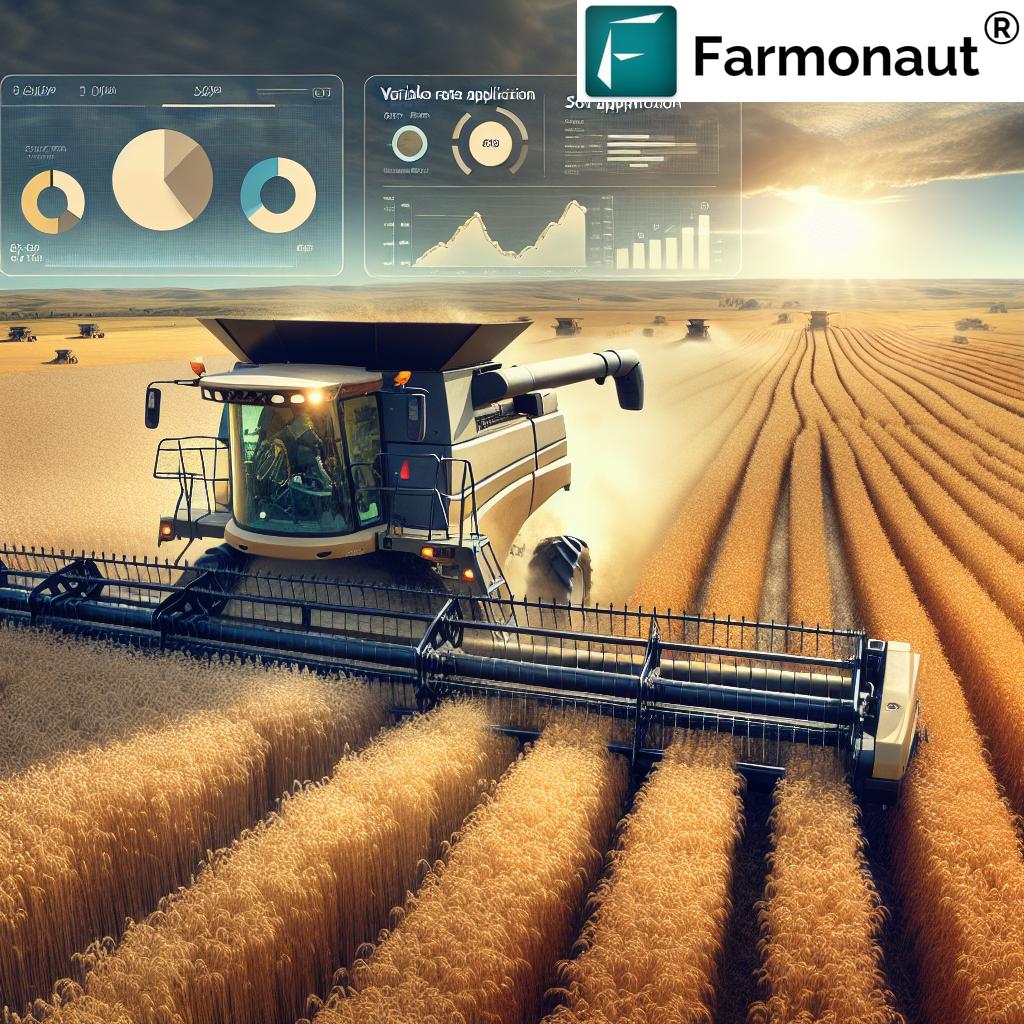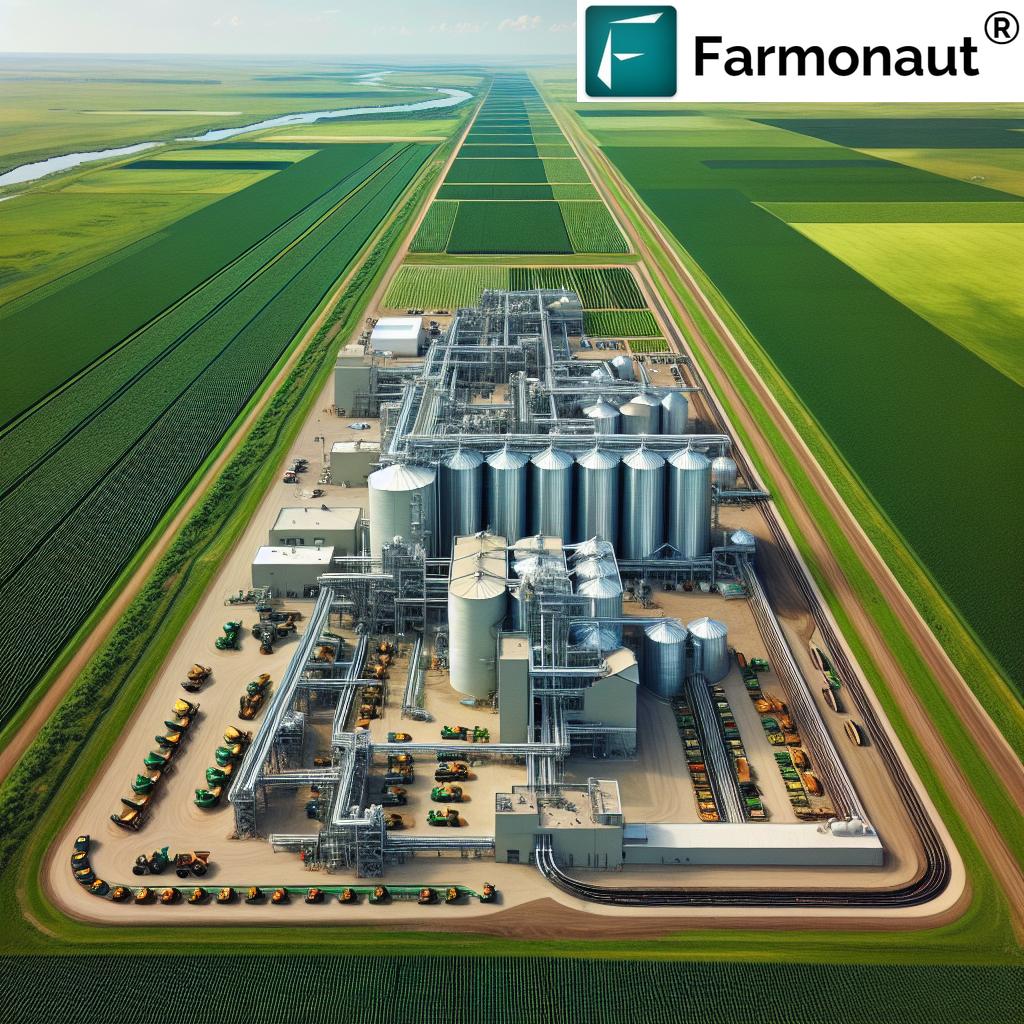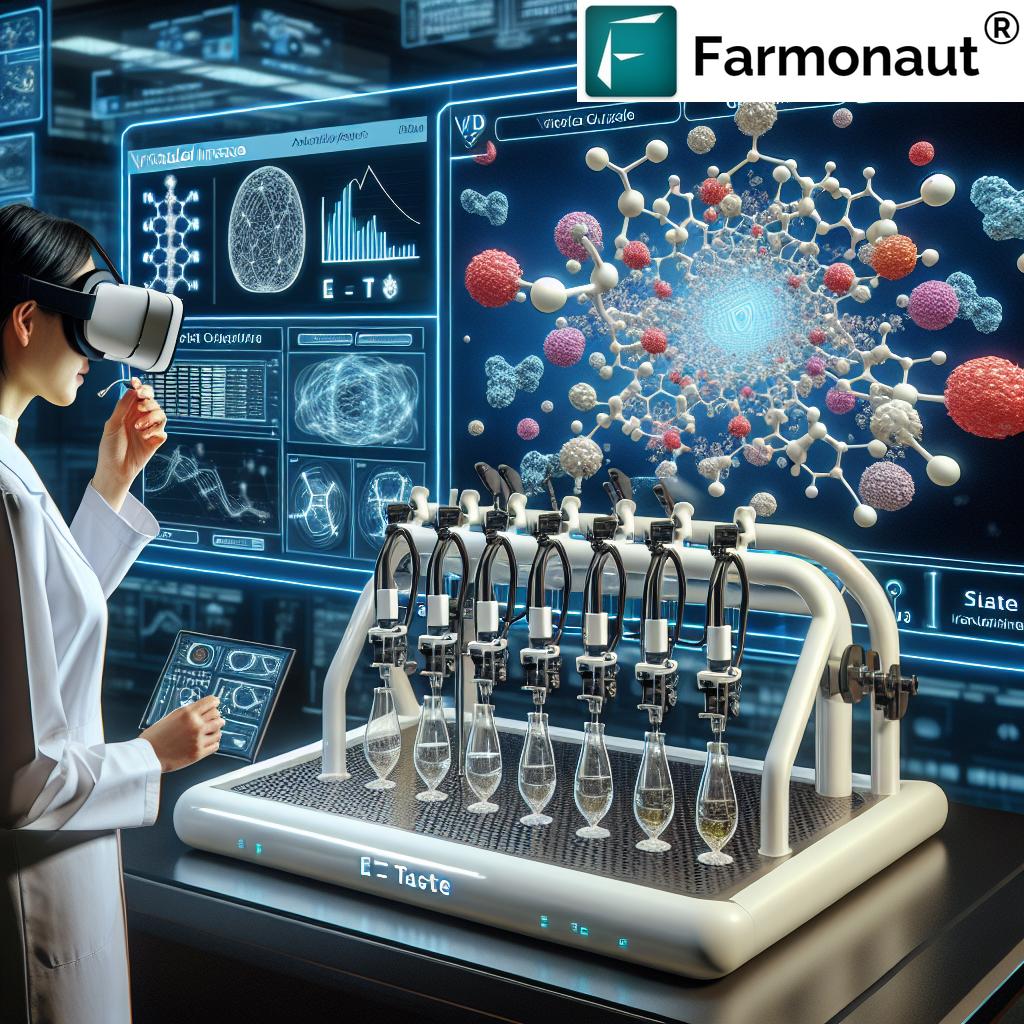Sustainable Milk Alternatives: Navigating Nutrition and Environmental Impact in the US
In recent years, we’ve witnessed a significant shift in the US dairy landscape as consumers increasingly turn to plant-based milk alternatives. This trend reflects growing concerns about health, environmental sustainability, and ethical considerations. As we delve into the world of sustainable milk production, we’ll explore the nutritional profiles, environmental impacts, and production methods of various milk options. Our goal is to provide you with comprehensive information to make informed decisions about your milk choices.
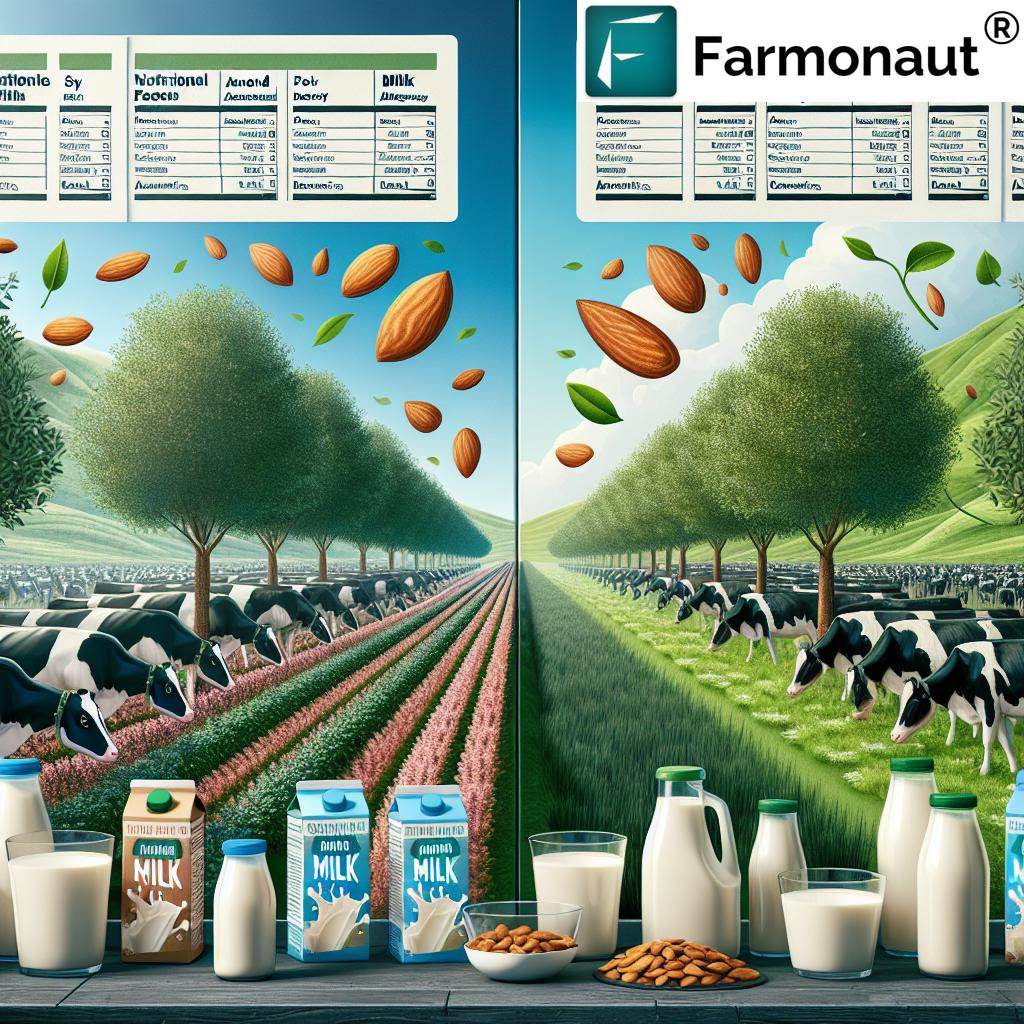
“Plant-based milk production uses up to 95% less land and emits 70% fewer greenhouse gases than dairy milk.”
The Rise of Plant-Based Milk Alternatives
The US milk market has undergone a dramatic transformation in recent years. While traditional dairy milk remains a staple in many households, plant-based milk alternatives have surged in popularity. This shift is driven by various factors, including:
- Increased awareness of lactose intolerance and milk allergies
- Growing interest in vegan and plant-based diets
- Concerns about the environmental impact of dairy farming
- Desire for new flavors and nutritional profiles
As we navigate this changing landscape, it’s crucial to understand the differences between dairy and non-dairy milk options, their nutritional values, and their environmental impacts.
Dairy vs. Non-Dairy Milk Nutrition
When comparing dairy and non-dairy milk nutrition, it’s essential to consider various factors. Let’s break down the nutritional profiles of different milk types:
Dairy Milk
Cow’s milk has been a dietary staple for centuries, valued for its rich nutritional profile. It’s an excellent source of:
- Protein (about 8 grams per cup)
- Calcium (approximately 300mg per cup)
- Vitamins A, D, and B12
- Potassium and phosphorus
However, dairy milk also contains saturated fat and cholesterol, which some consumers prefer to limit in their diets. The fat content varies depending on whether you choose whole, reduced-fat, or skim milk.
Plant-Based Milk Alternatives
Plant-based milks offer a diverse range of nutritional profiles:
- Almond Milk: Low in calories and fat, but also lower in protein compared to dairy milk. It’s often fortified with calcium and vitamins D and E.
- Soy Milk: The closest to dairy milk in terms of protein content, with about 7 grams per cup. It’s also a good source of potassium and can be fortified with calcium and vitamins.
- Oat Milk: Contains more fiber than other milk alternatives and is naturally sweet. It’s often fortified with calcium, vitamins A and D.
- Coconut Milk: Rich in medium-chain triglycerides (MCTs) but lower in protein and calcium unless fortified.
It’s important to note that many plant-based milks undergo nutrient fortification to match or exceed the nutritional content of dairy milk, particularly in terms of calcium and vitamins D and B12.
Sustainable Milk Production: A Closer Look
Sustainability in milk production encompasses various aspects, including water usage, land use, greenhouse gas emissions, and overall environmental impact. Let’s examine how different milk types compare in terms of sustainability:
Dairy Milk
Traditional dairy farming has a significant environmental footprint:
- High water usage for animal feed production and processing
- Substantial land requirements for grazing and feed crops
- Methane emissions from cows contribute to greenhouse gases
- Manure management can lead to water pollution if not properly handled
However, the dairy industry is making strides in sustainability through improved farming practices, waste management, and energy-efficient processing techniques.
Plant-Based Alternatives
Plant-based milk alternatives generally have a lower environmental impact:
- Reduced water usage compared to dairy farming
- Lower land use requirements
- Fewer greenhouse gas emissions
- Varied impact depending on the crop (e.g., almonds require more water than oats)
While plant-based milks are often considered more sustainable, it’s important to consider factors such as transportation, processing, and packaging when assessing overall environmental impact.
“The global plant-based milk market is projected to reach $38 billion by 2024, growing at a CAGR of 14%.”
Milk Allergy Solutions and Lactose-Free Options
For those with milk allergies or lactose intolerance, finding suitable alternatives is crucial. Here’s an overview of options:
Milk Allergy Solutions
- Plant-based milks (soy, almond, oat, coconut) are naturally free from milk proteins
- Rice milk is often recommended for those with multiple food allergies
- Always check labels for potential cross-contamination warnings
Lactose-Free Milk Options
- Lactose-free dairy milk (treated with lactase enzyme)
- All plant-based milks are naturally lactose-free
- Some people with lactose intolerance can tolerate small amounts of dairy or fermented dairy products like yogurt and cheese

Innovative Milk Processing Techniques
The milk industry, both dairy and plant-based, is constantly evolving with new processing techniques to improve quality, nutrition, and sustainability:
Dairy Milk Processing
- Ultra-filtration: Concentrates milk proteins while reducing lactose content
- High-pressure processing: Extends shelf life without compromising nutritional value
- Microfiltered milk: Removes more bacteria for a cleaner taste and longer shelf life
Plant-Based Milk Processing
- Enzymatic treatment: Improves texture and reduces off-flavors in plant milks
- High-pressure homogenization: Creates a creamier texture and better mouthfeel
- Novel extraction methods: Enhances nutrient retention from plant sources
These innovative techniques aim to improve the taste, texture, and nutritional profile of both dairy and plant-based milks, making them more appealing to consumers.
Milk Nutrient Fortification
Nutrient fortification plays a crucial role in enhancing the nutritional value of milk, especially for plant-based alternatives. Here’s how fortification benefits different milk types:
Dairy Milk Fortification
- Vitamin D is commonly added to improve calcium absorption
- Some brands add omega-3 fatty acids for heart health benefits
- Fortification with additional vitamins A and D is standard in reduced-fat and skim milk
Plant-Based Milk Fortification
- Calcium and vitamin D are routinely added to match dairy milk levels
- Vitamin B12 fortification is crucial for vegan diets
- Some brands add protein (e.g., pea protein) to boost nutritional value
Fortification helps bridge nutritional gaps, making plant-based alternatives more comparable to dairy milk in terms of essential nutrients.
Production Methods: From Cow Milking to Nut Grinding
Understanding the production methods for different milk types can provide insight into their environmental impact and nutritional qualities:
Dairy Milk Production
- Milking: Cows are milked mechanically, typically twice a day
- Collection: Milk is cooled and stored in bulk tanks
- Processing: Includes pasteurization, homogenization, and standardization
- Packaging: Milk is bottled or packaged for distribution
Plant-Based Milk Production
- Raw Material Preparation: Soaking and cleaning of nuts, beans, or grains
- Grinding: Raw materials are ground into a fine paste
- Extraction: The paste is mixed with water and filtered to extract the “milk”
- Fortification and Flavoring: Addition of nutrients, stabilizers, and flavors
- Homogenization and Heat Treatment: For consistency and safety
- Packaging: Aseptic packaging for shelf stability
Each method has its own set of environmental considerations, from water usage in almond farming to energy consumption in processing plants.
Dairy Industry Sustainability Initiatives
The dairy industry is actively working to improve its sustainability profile through various initiatives:
- Methane Reduction: Implementing anaerobic digesters to convert manure into biogas
- Water Conservation: Adopting precision irrigation techniques and water recycling systems
- Sustainable Feed Production: Using cover crops and no-till farming to improve soil health
- Energy Efficiency: Investing in renewable energy sources like solar and wind power
- Packaging Innovation: Developing recyclable and biodegradable packaging materials
These efforts aim to reduce the environmental footprint of dairy production while maintaining high-quality milk products.
Milk Alternative Crop Cultivation
The cultivation of crops for plant-based milk alternatives has its own set of considerations:
Almond Cultivation
- High water requirements, particularly in drought-prone areas
- Concerns about pesticide use and impact on bee populations
- Efforts to improve water efficiency and sustainable farming practices
Soy Cultivation
- Efficient protein production compared to other crops
- Concerns about deforestation in some regions
- Increasing focus on sustainable and non-GMO soy production
Oat Cultivation
- Generally considered more environmentally friendly
- Lower water requirements compared to nuts
- Can be grown in diverse climates, reducing transportation needs
As demand for plant-based milks grows, sustainable cultivation practices become increasingly important to mitigate environmental impacts.
Making Informed Choices: Whole, Skim, or Alternative?
When deciding between whole milk, skim milk, or plant-based alternatives, consider the following factors:
- Nutritional Needs: Assess your requirements for protein, calcium, and other nutrients
- Dietary Restrictions: Consider allergies, intolerances, or lifestyle choices (e.g., vegan)
- Taste Preferences: Try different options to find what you enjoy most
- Environmental Concerns: Weigh the sustainability aspects of different milk types
- Health Goals: Consider fat content and calorie density based on your health objectives
Remember, there’s no one-size-fits-all solution. The best choice depends on your individual needs and values.
The Role of Technology in Sustainable Milk Production
Advanced technology plays a crucial role in improving the sustainability and efficiency of both dairy and plant-based milk production. Here’s how innovation is shaping the industry:
Precision Agriculture
Precision agriculture techniques are revolutionizing crop cultivation for plant-based milks and dairy feed production. Farmonaut, a leading agricultural technology company, offers satellite-based farm management solutions that can significantly improve resource management and crop yields. Their platform provides:
- Real-time crop health monitoring
- AI-based advisory systems for optimal crop management
- Resource management tools to reduce water and fertilizer usage
These technologies help farmers make data-driven decisions, ultimately leading to more sustainable and efficient production of crops used in milk alternatives and dairy feed.
Blockchain for Traceability
Blockchain technology is enhancing transparency in the milk supply chain. Farmonaut’s blockchain-based traceability solutions offer:
- End-to-end tracking of milk products from farm to consumer
- Verification of sourcing claims and production methods
- Enhanced food safety through improved traceability
This technology builds consumer trust and supports sustainability claims in both dairy and plant-based milk industries.
AI and Machine Learning
Artificial Intelligence and Machine Learning are being leveraged to optimize various aspects of milk production:
- Predictive maintenance of processing equipment
- Optimization of transportation routes to reduce carbon footprint
- Demand forecasting to minimize waste
Farmonaut’s Jeevn AI Advisory System, for instance, provides personalized farm advisory services that can be adapted for both dairy farms and plant-based milk crop cultivation.
Remote Sensing and Satellite Imagery
Remote sensing technologies, such as those offered by Farmonaut, provide valuable insights for sustainable farming practices:
- Monitoring of crop health and soil moisture levels
- Early detection of pest infestations or diseases
- Optimization of irrigation schedules
These technologies contribute to more efficient use of resources in both dairy farming and plant-based milk crop production.
Comparative Analysis of Milk Types
To help you make an informed decision, here’s a comprehensive comparison of various milk types:
| Milk Type | Protein (g/cup) | Calcium (mg/cup) | Calories | Environmental Impact (Water Use L/L) | Allergen Information | Sustainability Score (1-10) |
|---|---|---|---|---|---|---|
| Whole Cow’s Milk | 8 | 300 | 150 | 628 | Contains lactose and milk proteins | 4 |
| Skim Milk | 8 | 300 | 80 | 628 | Contains lactose and milk proteins | 5 |
| Almond Milk | 1 | 450 (fortified) | 30 | 371 | Tree nut allergen | 7 |
| Soy Milk | 7 | 300 (fortified) | 80 | 28 | Soy allergen | 8 |
| Oat Milk | 3 | 350 (fortified) | 120 | 48 | Generally allergen-free | 9 |
| Coconut Milk | 0 | 450 (fortified) | 45 | 16 | Tree nut allergen (coconut) | 6 |
Note: Environmental impact and sustainability scores are estimates and may vary based on production methods and location.
The Future of Milk Production Technology
As we look to the future, several emerging technologies promise to further revolutionize milk production:
- Lab-grown milk proteins: Producing dairy proteins without cows, reducing environmental impact
- Advanced fermentation techniques: Creating new plant-based milk alternatives with improved nutritional profiles
- Nanotechnology: Enhancing nutrient absorption and product stability
- 3D food printing: Potentially creating customized milk products with specific nutritional compositions
These innovations could lead to more sustainable and personalized milk options in the coming years.
Making Sustainable Choices: Tips for Consumers
As consumers, we can contribute to more sustainable milk consumption. Here are some tips:
- Choose locally produced milk to reduce transportation emissions
- Opt for brands that use sustainable packaging
- Consider making your own plant-based milk at home
- Rotate between different milk types to support diverse agricultural systems
- Look for certifications like organic, non-GMO, or fair trade
By making informed choices, we can support more sustainable practices in the milk industry.
Conclusion
As we navigate the complex landscape of milk alternatives and sustainable production, it’s clear that there’s no one-size-fits-all solution. Each type of milk, whether dairy or plant-based, comes with its own set of nutritional benefits and environmental considerations. By understanding these factors and leveraging innovative technologies like those offered by Farmonaut, we can make more informed and sustainable choices.
The future of milk production lies in a balance between meeting nutritional needs, addressing environmental concerns, and embracing technological advancements. As consumers, our choices play a crucial role in shaping this future. By staying informed and considering the broader impact of our milk consumption, we can contribute to a more sustainable and nutritious food system.
Whether you choose traditional dairy, opt for plant-based alternatives, or mix and match based on your needs, remember that every choice matters. The journey towards more sustainable milk production is ongoing, and with continued innovation and conscious consumerism, we can look forward to a future where delicious, nutritious, and environmentally friendly milk options are accessible to all.
FAQ Section
- Q: Which milk alternative is the most environmentally friendly?
A: Oat milk is generally considered one of the most environmentally friendly options due to its lower water usage and land requirements compared to other plant-based milks. - Q: Are plant-based milks as nutritious as dairy milk?
A: While nutritional profiles vary, many plant-based milks are fortified to provide similar levels of key nutrients like calcium and vitamin D. However, they may differ in protein content and naturally occurring nutrients. - Q: Can I make my own plant-based milk at home?
A: Yes, many plant-based milks can be made at home using nuts, seeds, or grains blended with water and strained. This can be a more sustainable option as it reduces packaging waste. - Q: How does the protein content of different milk types compare?
A: Dairy milk and soy milk typically have the highest protein content (about 8g per cup), while almond and coconut milk are generally lower in protein. Oat milk falls in the middle range. - Q: Are there any downsides to consuming plant-based milks?
A: Some plant-based milks may contain added sugars or thickeners. Additionally, unless fortified, they may lack certain nutrients naturally found in dairy milk. It’s important to read labels and choose options that align with your nutritional needs.
For more information on sustainable agriculture and innovative farming solutions, visit Farmonaut’s website or check out their Android app and iOS app.
For developers interested in integrating agricultural data into their applications, explore Farmonaut’s API and API Developer Docs.


